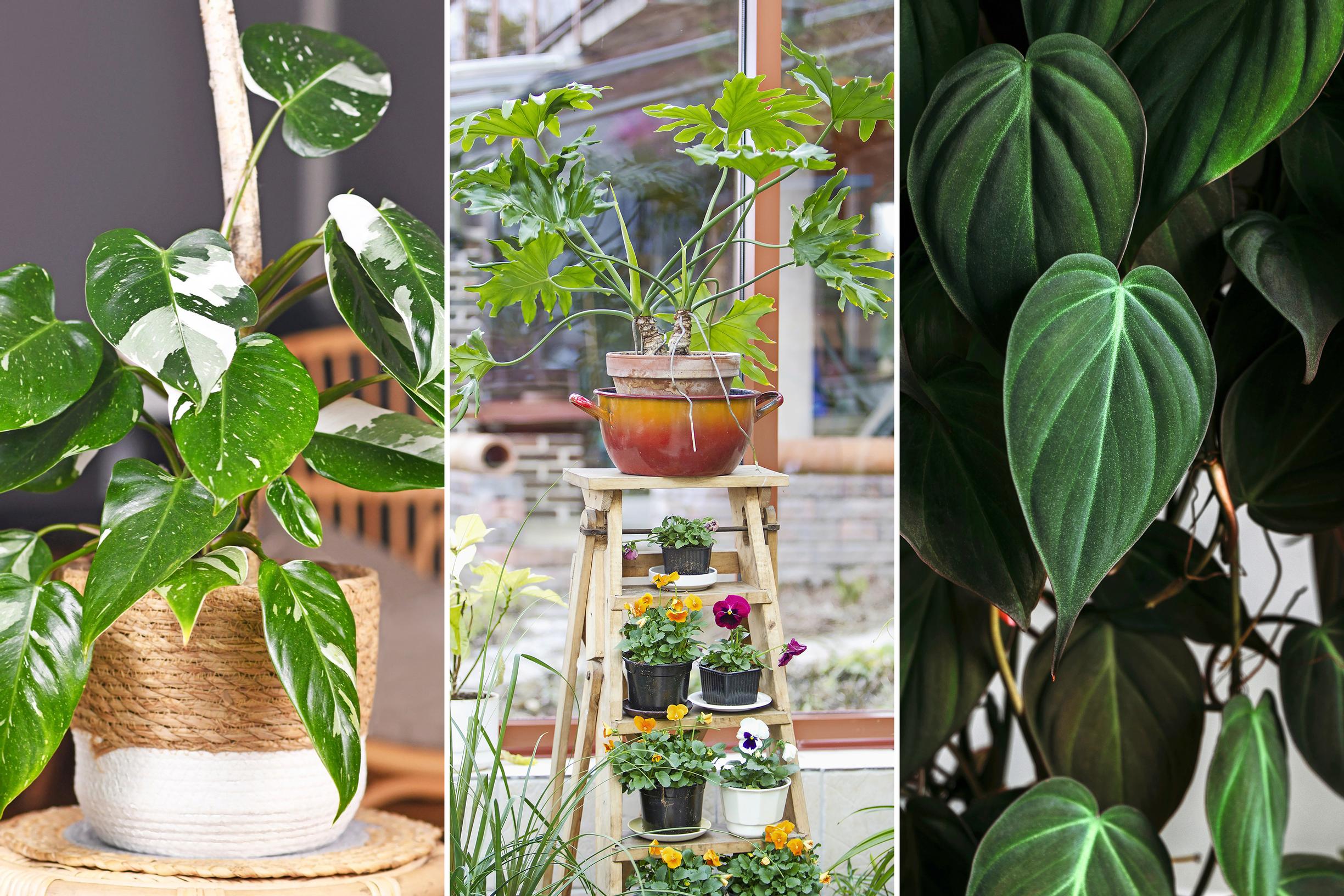
Philodendrons: how to care for them, best potting mixes, and easiest varieties
Philodendrons have become hugely popular among indoor plant enthusiasts. Some are known to be demanding. We asked botanist Visa Lipponen about the pitfalls of caring for them and which philodendron he would recommend to a beginner.
Philodendrons (genus Philodendron) are known to include over 600 species, and in recent times many new varieties have appeared on the market. In general, they are vines or at least vine-like, but there are also tree-like or shrub-like species among them. In addition to wild species, cultivated varieties are also available.
Many philodendrons do best in a plant cabinet, but their enormous size often becomes an issue. Tissue-cultured plants are usually sold when they’re very small, so you might not realize how large the leaves can get until you’ve purchased one.
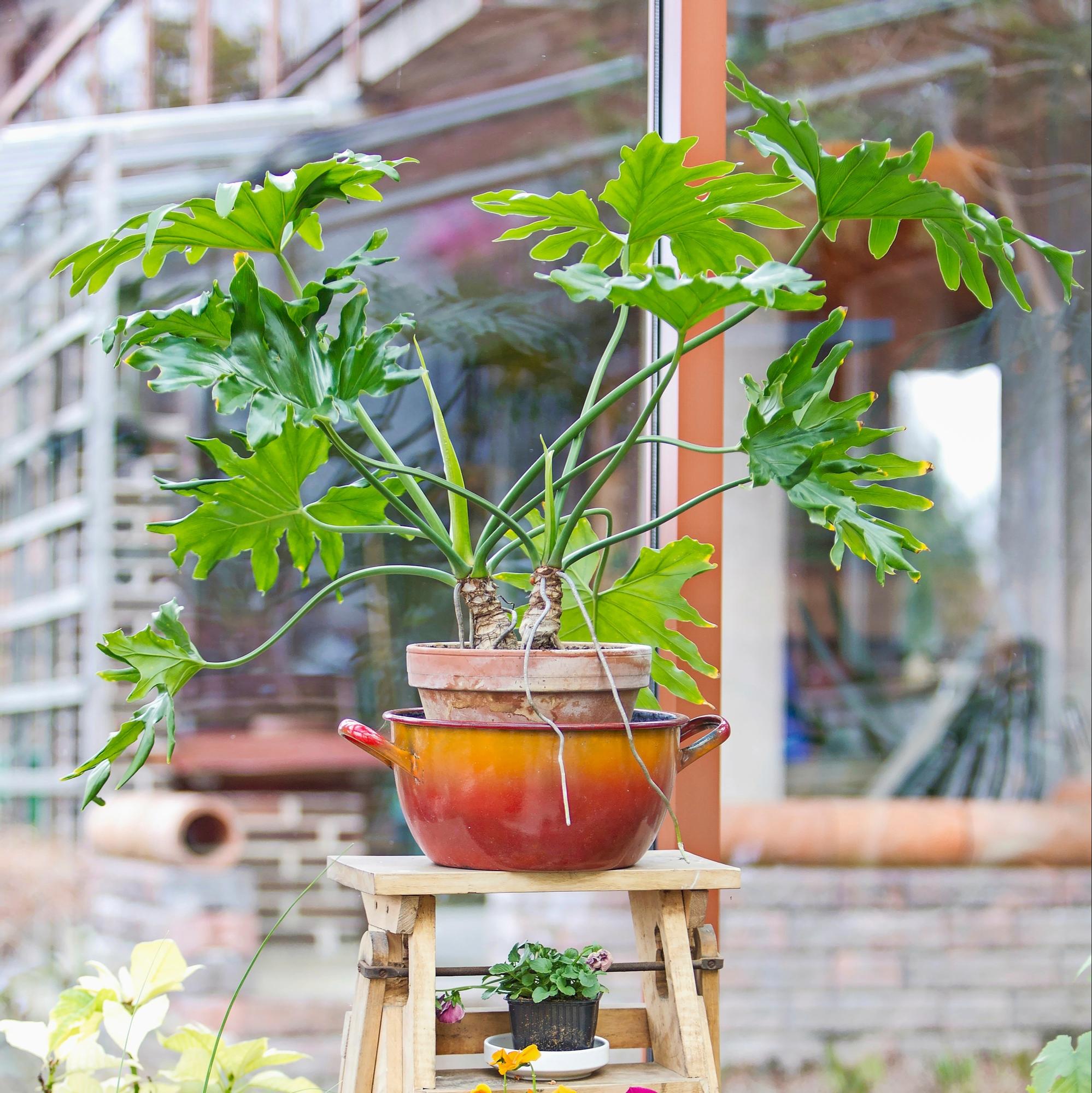
Growing them in a living space is not impossible, though. In general, philodendrons need a bright spot that’s protected from direct sunlight. Water them well when the growing medium feels dry. Excess moisture will rot the roots, and too little water can cause brown leaf tips and yellowing of the oldest leaves. Climbing species do best if they’re supported upright with a stake.
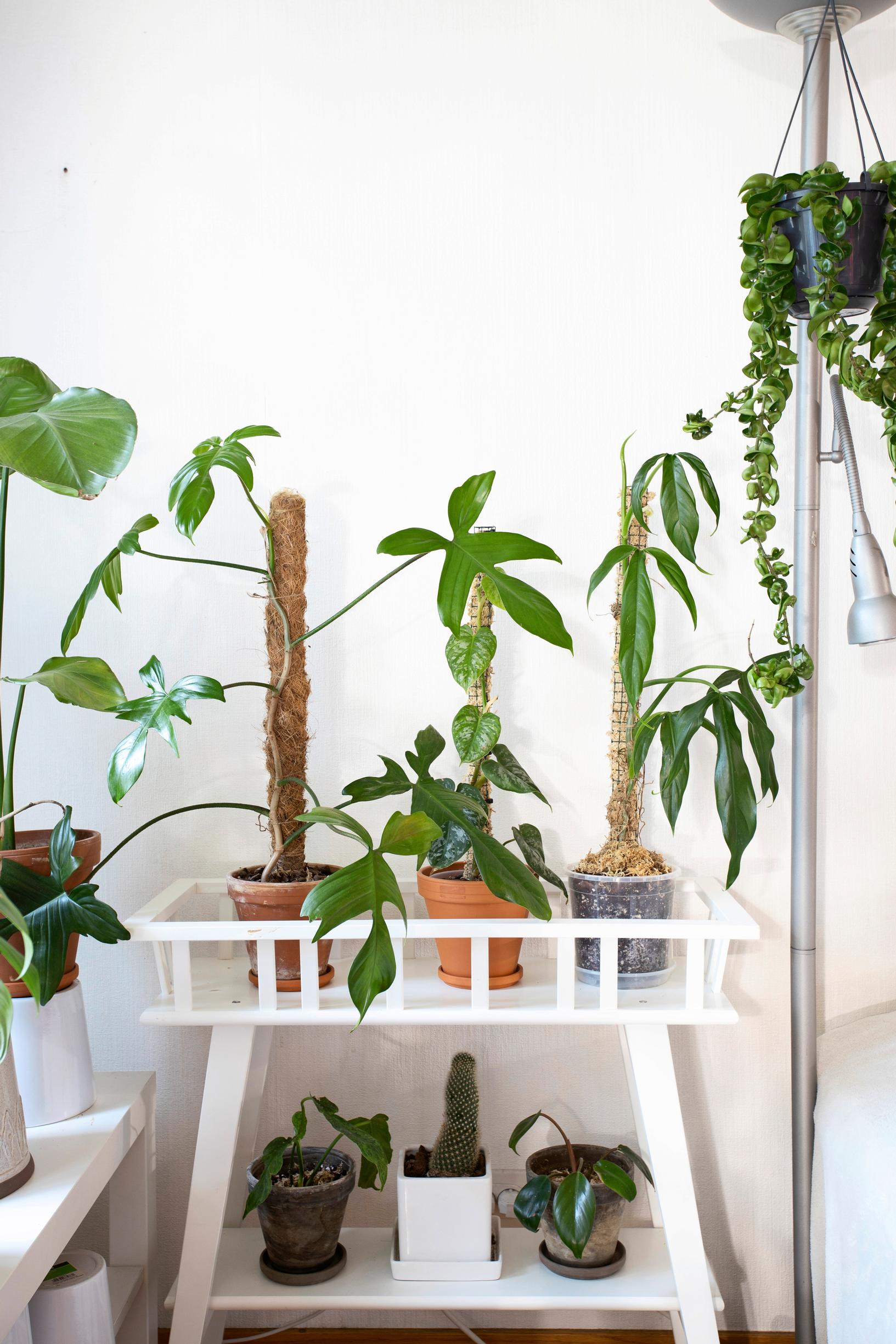
Different growing mixes have been developed for aroid species, and one of the most popular is a blend of coconut coir, bark, and perlite. The downside is that once it dries, it becomes so light that the plant can easily topple over. I personally use standard potting soil with added perlite or pumice for aeration, plus some sand or gravel to add weight to the pot.
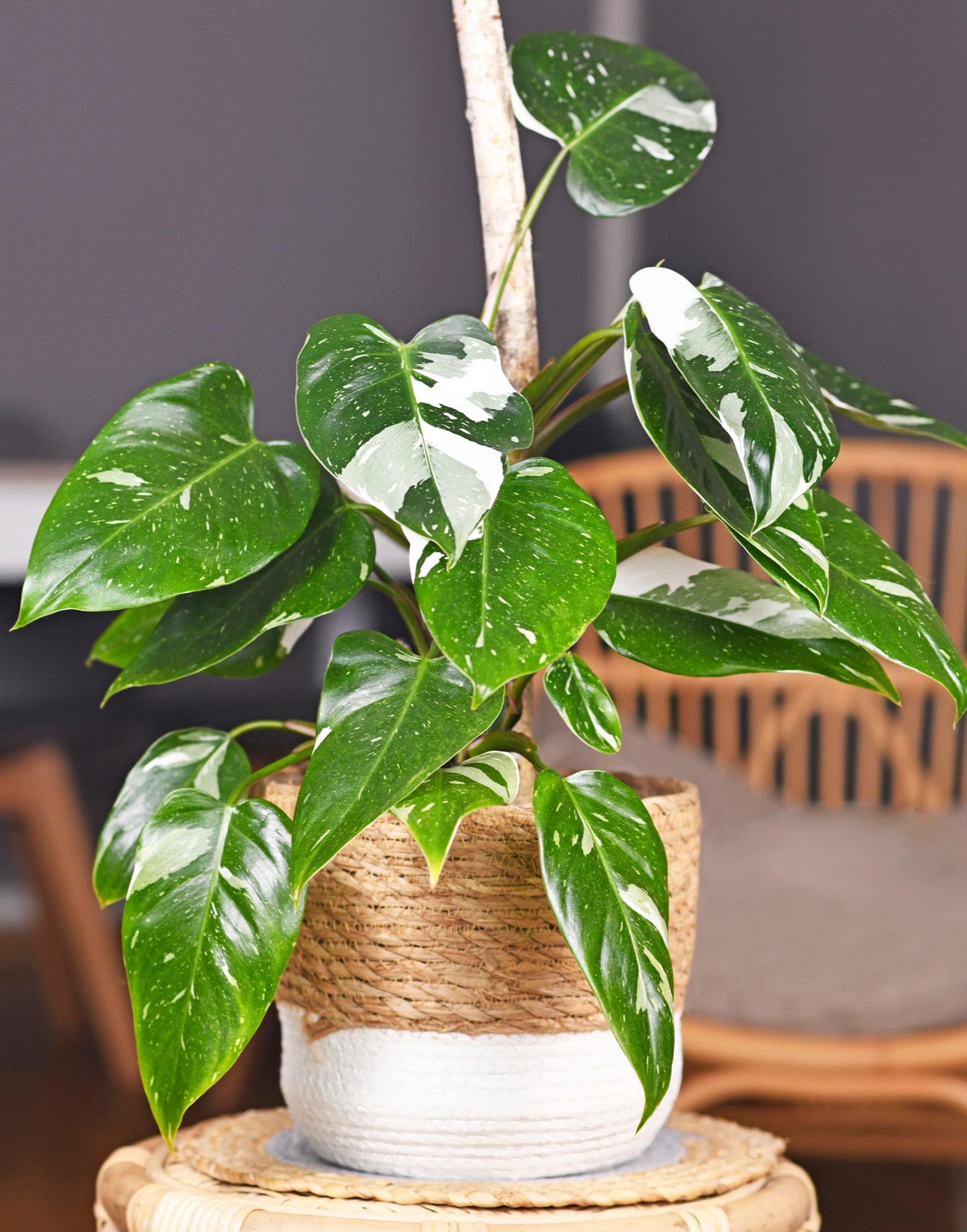
The easiest to care for is the heartleaf philodendron, P. hederaceum subsp. oxycardium (syn. P. scandens), which comes in many cultivars. It’s not fussy about watering, and it can also be grown in a hanging basket. The velvet leaf philodendron, P. hederaceum subsp. hederaceum (syn. P. scandens f. micans), is similar but needs more meticulous watering. If it’s too wet or too dry, the leaves will get brown patches.
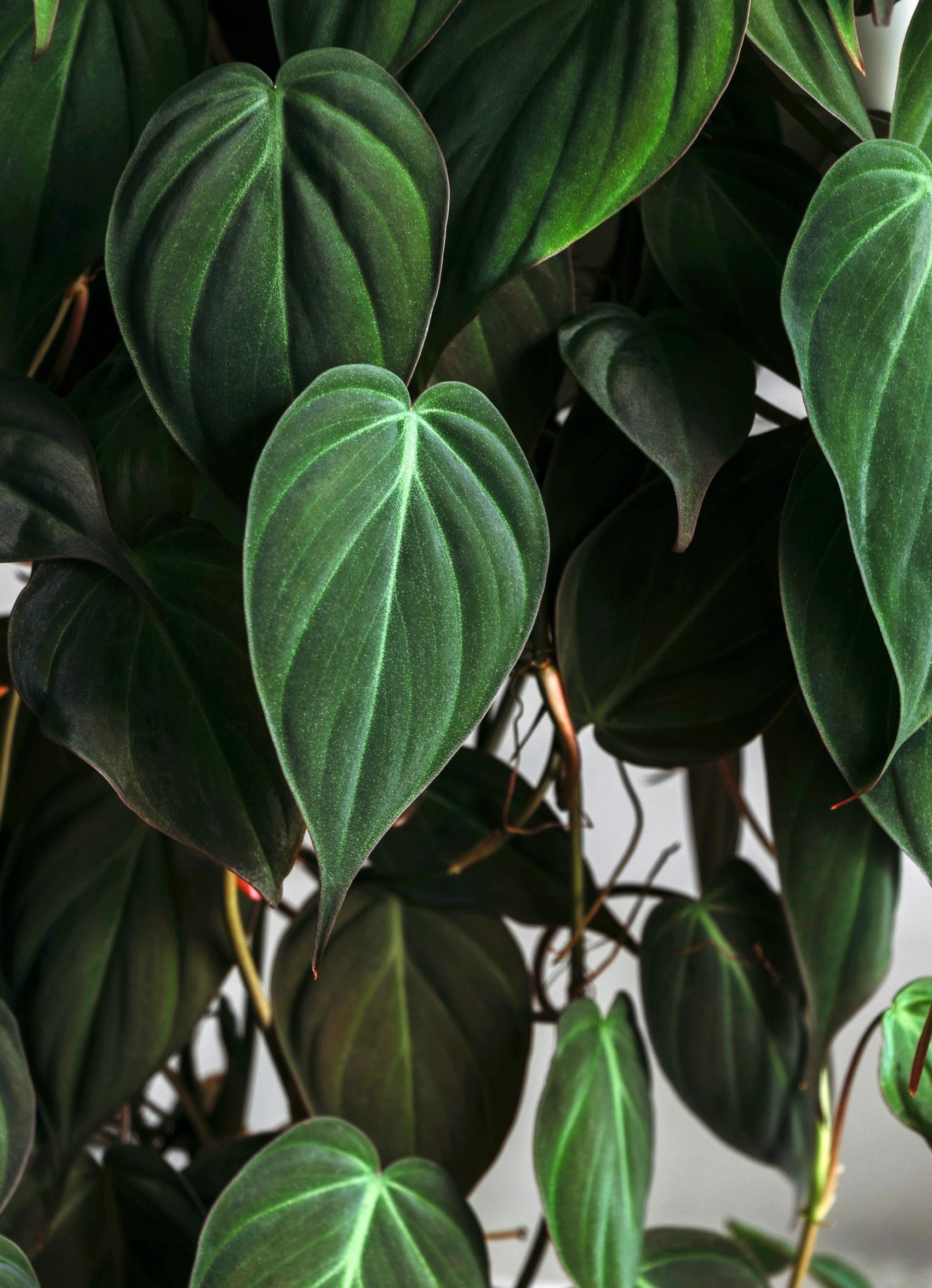
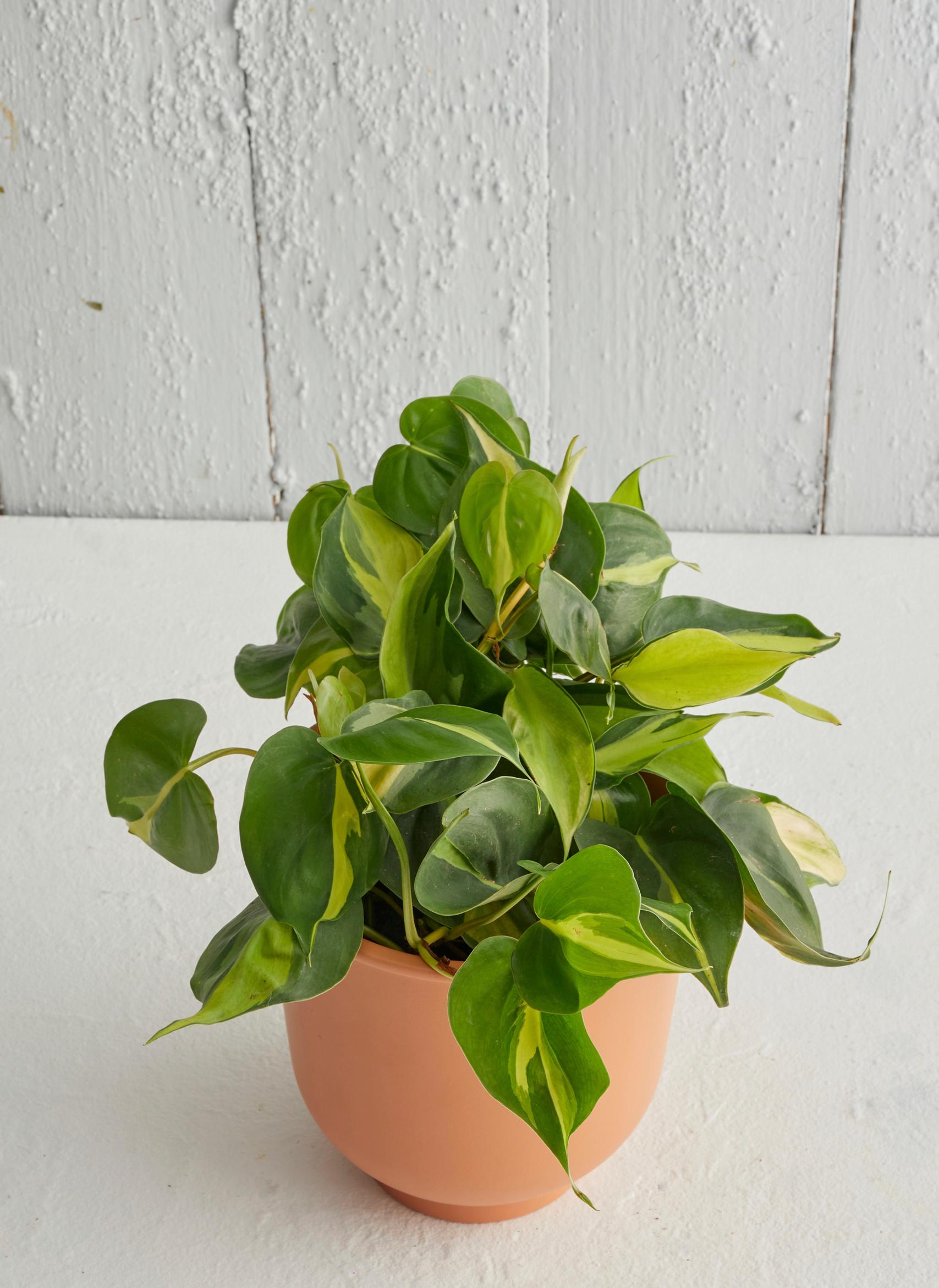
The red bristle philodendron (P. squamiferum) works well in a self-watering pot but, with its large leaves, needs plenty of room. Other easy options include the climbing Philodendron billietiae, the relatively slow-growing, shrubby P. ‘Birkin’ as well as the shrubby tree philodendron (P. bipinnatifidum), P. ‘Imperial Red’ and P. ‘Imperial Green’.
Those who grow philodendrons should especially watch out for thrips. They quickly eat large, showy leaves, leaving yellowish or brownish patches, and they’re tough to get rid of.



